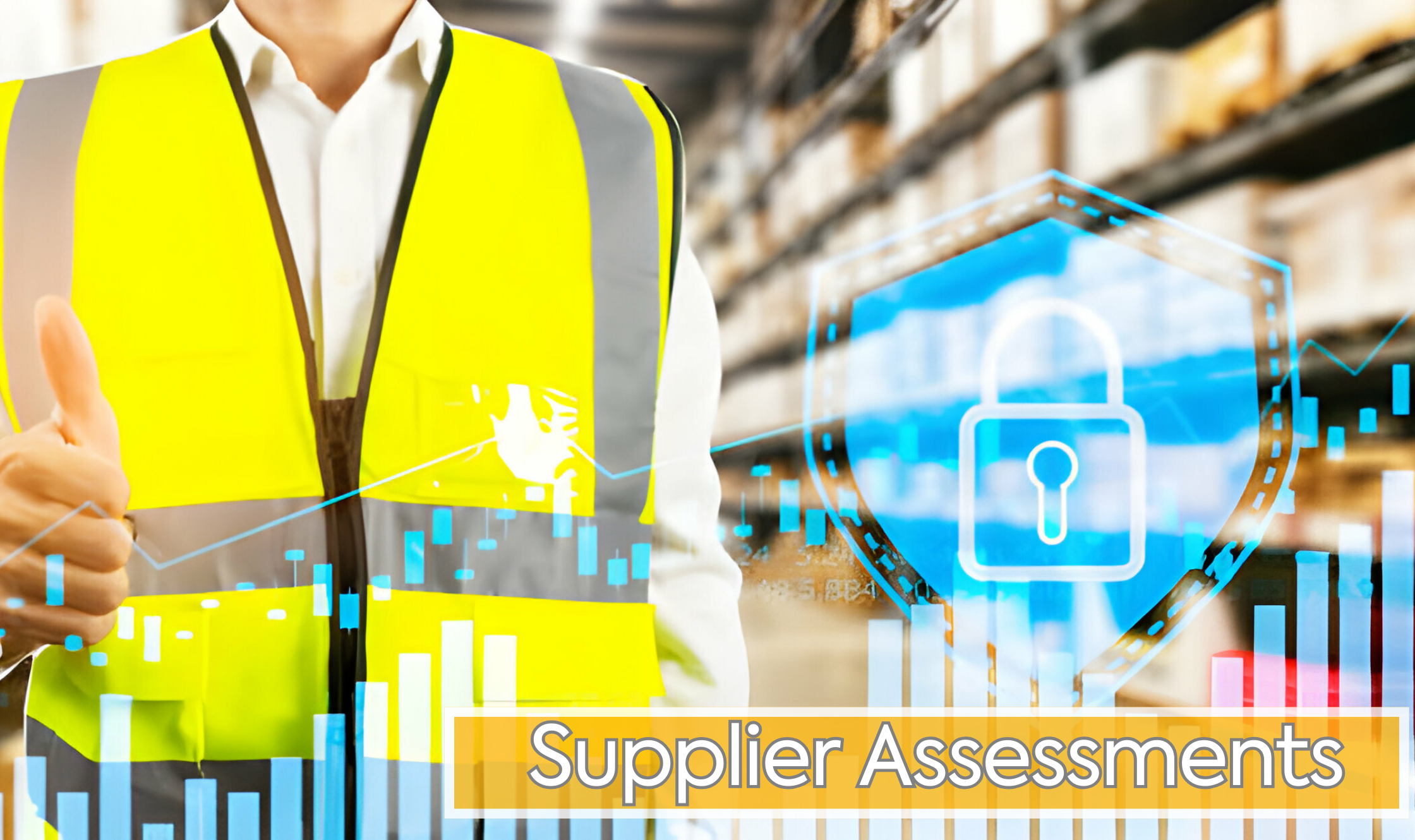What Is 5G?
5G literally means fifth-generation wireless technology. The successor to 4G, the biggest changes include higher speeds, lower latency, and the ability to connect more devices at once. The benefits of 5G are not limited to its use – Qualcomm is predicting a $12.3 trillion economic boost worldwide, with 22 million new jobs thanks to both the infrastructure and technological developments required by 5G. As of 2019, 5G is mostly relying on 4G connections, so its full capabilities are limited to test environments. However, from 2020, the race to develop better, faster, more efficient IoT devices and processes means exponential growth and potential. This is when we will start to see the impact of 5G – at work, at home, and out. We are already feeling the push of connected devices in and around the home, with Alexa, Siri, and Google talking to us more than some of our family members. However, it is at work that we can really start to imagine how 5G can benefit our customers, advance our products and services, and, ultimately, make us more money.
Every new generation of wireless networks is significantly faster and more capable than the previous ones. 5G is the fifth generation of wireless network technology that is expected to replace the 4G LTE connection. In real life, it means lower latency, as well as faster download and upload speeds. 5G will support various applications, including AI, smart homes, buildings, and cars, work & play in the cloud, and 3D videos. Besides supporting the next-level technology, 5G also has the potential to affect supply chain management business outcomes positively.
Technology Evolution: 1G to 5G
1G, or first generation, technology represents the advent of Analog mobile phones and mobile device connectivity. This would represent the first type of mobile phone I would have. I remember it being so odd seeing someone driving and talking on his or her new mobile phone.
2G brought the introduction of digital technology, text messaging, and basic data capabilities. I remember a great friend of mine sending me my first text message, unaware of how this technology would literally explode and become an integral form of communication. Picture messages could be sent as well.
3G technology brought mobile broadband and smartphones. I had a Blackberry device and the ability to send and receive emails from your mobile device was astonishing. Later on, I got my first iPhone, which was so user-friendly it was hard not to be hooked immediately.
4G improved broadband speed and access and brought new internet protocol communication standards. High-quality video streaming was a new capability.
Related: Why is Technology Important in Supply Chain Management?
This all brings us to 5G
5G technological capability really enables the proliferation of the Internet of Things (IoT) with much faster speeds and improved connectivity and reliability. It will be 1000 times faster than 4G and handle 10000 times more traffic. 5G increases data rates from 1GB/second to 20GB/second, increases data traffic from 7.2 exabytes/month to 50 exabytes/month, and reduces latency from 10ms to <1ms. Device connectivity will improve from 100k devices/sq km to 1M devices/sq km and the available spectrum will increase from 3GHz to 30GHz.
Related: Emerging Trends in Supply Chain Management

Aftab Khan is a logistics specialist with over forty years of experience in all aspects of supply chain and logistics management. He is an engineer by training and holds an MBA, besides several certifications from APICS/ASCM, ISCEA, and BRASI. Mr. Khan is the Executive Director of Business Research and Service Institute LLC, USA.





